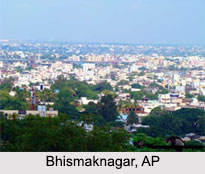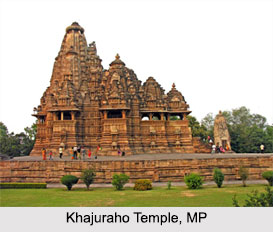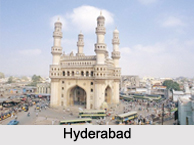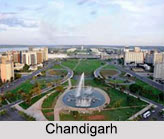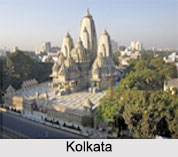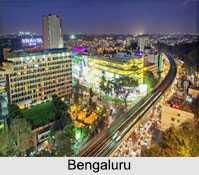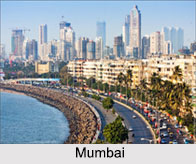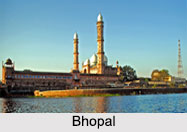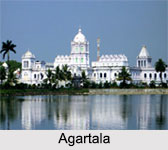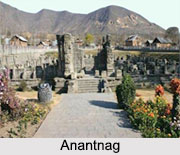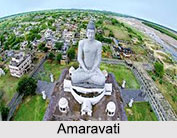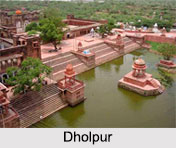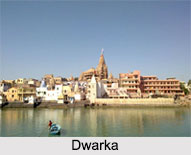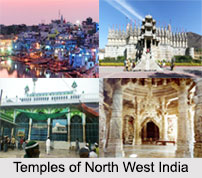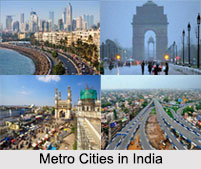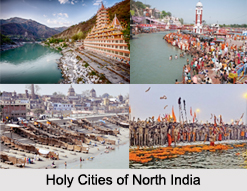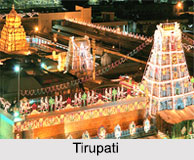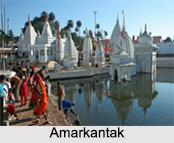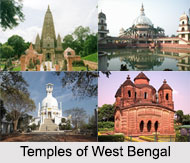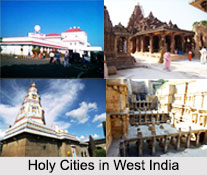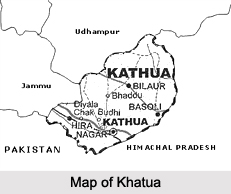 Kathua is a city and a Municipal Council in the Indian state of Jammu and Kashmir.
Kathua is a city and a Municipal Council in the Indian state of Jammu and Kashmir.
Naming of Kathua
The word "Kathua" is derived from the word "Thuan" in Dogri which means "Scorpions". Some believe that its name is derived from the name of Rishi Kashyap who disguised himself as a tortoise (kashua) for strong meditation. Kathua is also called `the city of Sufis` owing to the presence of large number of Sufi Shrines of Peers.
Location of Kathua
Kathua is located at 32.37 degree North to 75.52 degree East. It has an average elevation of 307 metres (1,007 ft).
Geography of Kathua
Kathua is surrounded by three rivers. Ravi River is just 7 km down Kathua while Ujjh is about 11 km ahead on Jammu Highway. Kathua itself is situated along the banks of a khad (river) dividing it into two boroughs: Parliwand, meaning the other side and Orliwand, meaning this side.
Demography of Kathua
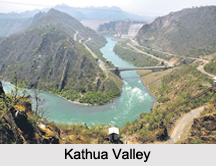 Kathua is the fifth biggest city in the state after Srinagar in Srinagar District in Jammu and Kashmir. Kathua city has a population of 1,79,988. The sex ratio is 853 females per 1,000 males. There has been a sudden increase in the population of the town due to migration from rural areas and hilly areas from Basoli Tehsil. This has led to congestion and frequent traffic jams in the city.
Kathua is the fifth biggest city in the state after Srinagar in Srinagar District in Jammu and Kashmir. Kathua city has a population of 1,79,988. The sex ratio is 853 females per 1,000 males. There has been a sudden increase in the population of the town due to migration from rural areas and hilly areas from Basoli Tehsil. This has led to congestion and frequent traffic jams in the city.
Culture of Kathua
Kathua is overwhelmingly Hindu people. The religion practiced by 85% of its population, another 8% is Sikh, and 7% Muslim. However people have a strong faith in Sufi culture too as there are large number of Sufi shrines in and around the city. Most of the people are of Dogra race and Dogri is the principal language.
Visiting Information
Kathua is the place that is connected by three bridges. Many parts of the district and the city itself lie on plains while the tehsils of Basoli and Billawar are very hilly. The Kandi region - the barren lowlands at Shiwalik foothills constitute it. A gateway to the northernmost state of Jammu and Kashmir, Kathua lies just 88 kilometres south of the state`s winter capital of Jammu. Kathua is just 80 km away from Jammu city and 120 km from Katra. Basoli is just 72 km from it. Buses for longer distances and matadors (small buses) for shorter distances are the main sources of transportation in Kathua. Small buses run on major roads of the city. They also connect city with nearby villages. Within the city, people also use bikes and cars. The bus journey from Kathua to Jammu is approximately 2.5 hours. The video coach AC buses from Kathua to Jammu are available from morning to evening. There are also railway links to Jammu and Pathankot from Kathua. Kathua Railway station at Gobindsar is just 4 km from city centre. Kathua has two bus stops. The larger one is for other destinations. The old bus stand at Parliwand is no longer in use and is generally used for parking matadors. Buses for long route do not come inside Kathua. They are available from Lakhanpora which is 6 km from Kathua.
Related Articles
Cities of Jammu and Kashmir
Culture of Jammu and Kashmir
Jammu and Kashmir, Indian State
Costumes of Jammu and Kashmir
